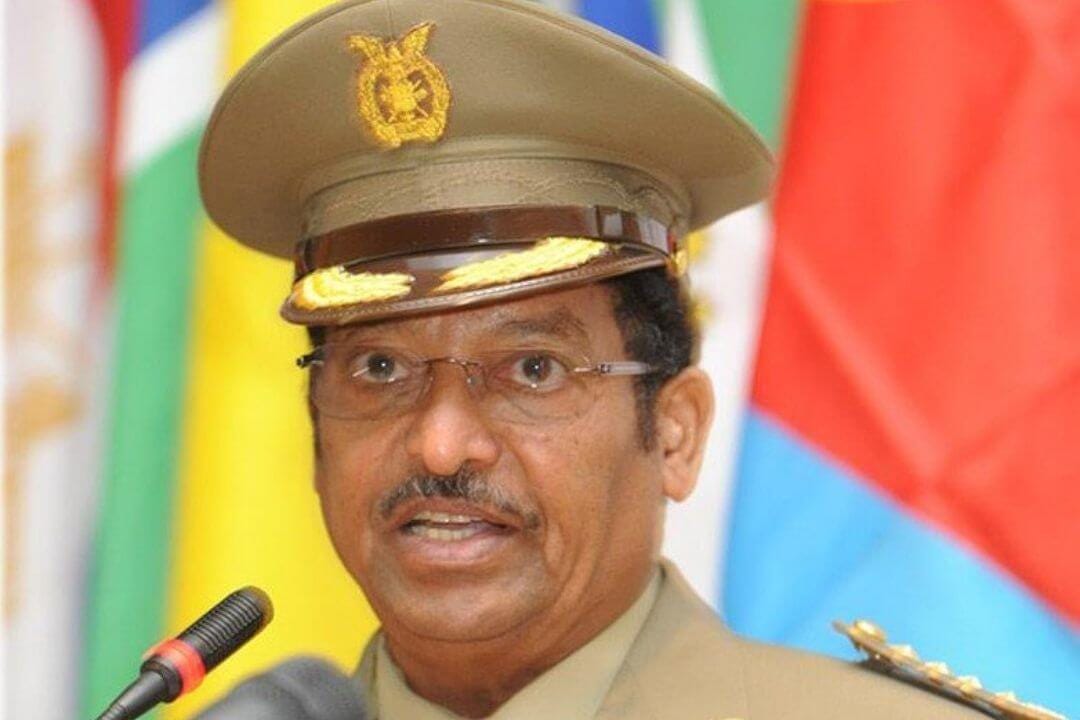The MEMO: Eritrea War Plan
Eritrea, significantly smaller and economically constrained, has outlined a two-track war strategy.
Eritrea and Ethiopia are on the brink of another round of conflict. Despite mounting tensions and clear signs of military escalation, the international community has shown limited initiative to prevent the impending war. Recent weeks have seen intensified military preparations, troop mobilizations, and the movement of military assets along their shared border.
Read background HERE
Eritrea, significantly smaller and economically constrained, has outlined a two-track war strategy. The primary component involves rapidly mobilizing a large number of troops to training camps and quickly acquiring military equipment. The Eritrean military, primarily equipped with aging Soviet and Eastern European small and medium arms, possesses limited yet advanced manual and automated air defense systems.
The second aspect of Eritrea's strategy targets Ethiopia's internal ethnic tensions by supporting and organizing armed opposition groups. Eritrea has a well-documented history of involvement in subversive actions throughout the Horn of Africa over the past three decades. From 1997 to 2018, more than a dozen Ethiopian opposition groups, including OLF, ONLF, Ginbot 7, and the Sidama Liberation Front, operated from Asmara. However, following the 2018 Jeddah peace agreement, Eritrea suspended support for armed opposition, compelling many to return to Ethiopia through negotiated peace agreements with Addis Ababa.
Recently, Eritrea has begun re-engaging its former allies and establishing new partnerships to undermine Ethiopia's military strength. Eritrean operatives have reportedly briefed multiple groups on available support and joint strategies against the Ethiopian government led by Prime Minister Abiy Ahmed.
Since last year, Eritrea has smuggled limited military supplies into Ethiopia's Amhara region, especially supporting Fano rebels in Gondar and Gojjam. Internal factional conflicts, however, hindered the rebels’ military advancements. Eritrean intermediaries recently urged Fano factions to unite under a single military front, leading key faction leaders to announce the formation of the Fano Amhara United Front. Separately, another prominent Amhara Fano faction, led by Eskinder Nega, dispatched a representative to Asmara seeking military and diplomatic backing.
Additionally, Eritrea has provided modest financial support to diaspora-based opposition media since early 2024. Coordinated Eritrean diaspora networks have already initiated targeted anti-Ethiopia social media campaigns, disseminating disinformation and misinformation to amplify internal divisions.
Significantly, aggrieved former military and intelligence officials from Tigray, along with certain TPLF leadership segments, are re-establishing communication channels with Eritrean forces. TPLF hardliners pose a particularly troubling challenge for Ethiopian authorities due to their history and the possibility of a renewed alliance. Despite Eritrea’s overtures for cooperation, some TPLF officials remain hesitant, given the bitter animosity from the recent 2020-2022 conflict.
Eritrea also sought support from its traditional ally, the separatist Ogaden National Liberation Front (ONLF). However, internal divisions and the rise of pro-Ethiopian factions within ONLF have weakened its potential for insurgent activities. Despite threats from isolated hardline leaders to resume the conflict in the Ogaden region, Ethiopian authorities have effectively capitalized on these internal fractures, significantly degrading ONLF’s operational capabilities.
Ethiopia's vulnerabilities are apparent, yet Eritrea’s capacity to broadly support armed insurgencies remains limited by its strained economy. Eritrea’s effectiveness in sustaining these insurgent activities largely depends on external financial assistance.
wazemaradio@gmail.com


